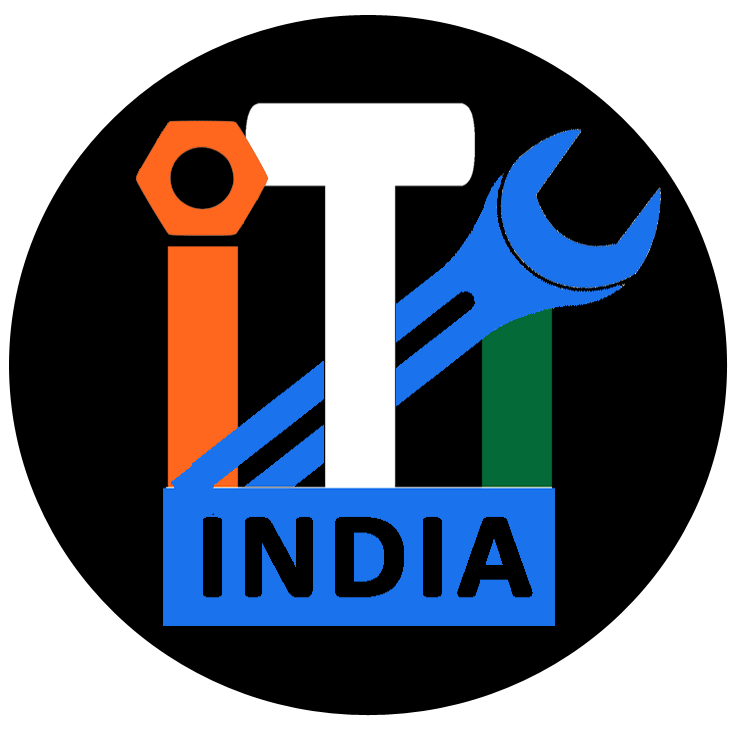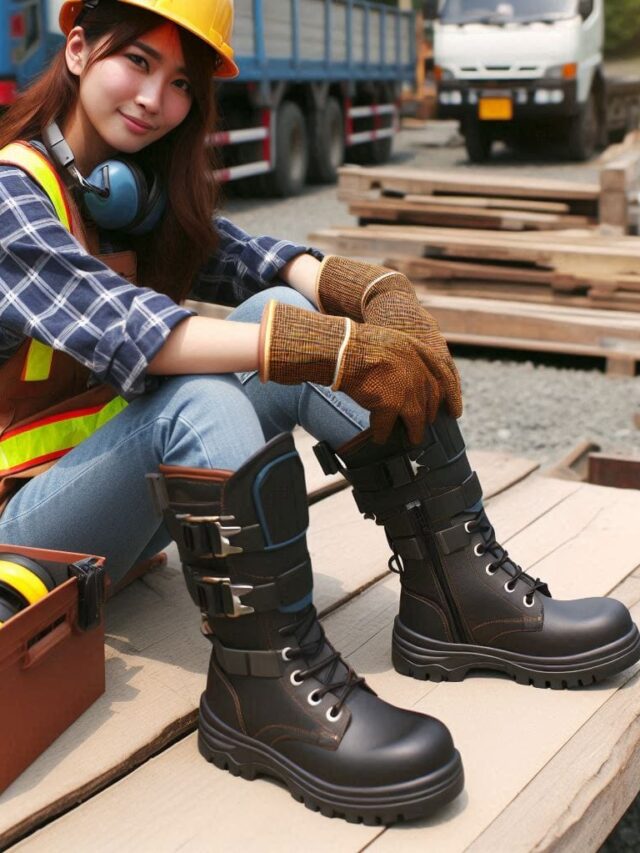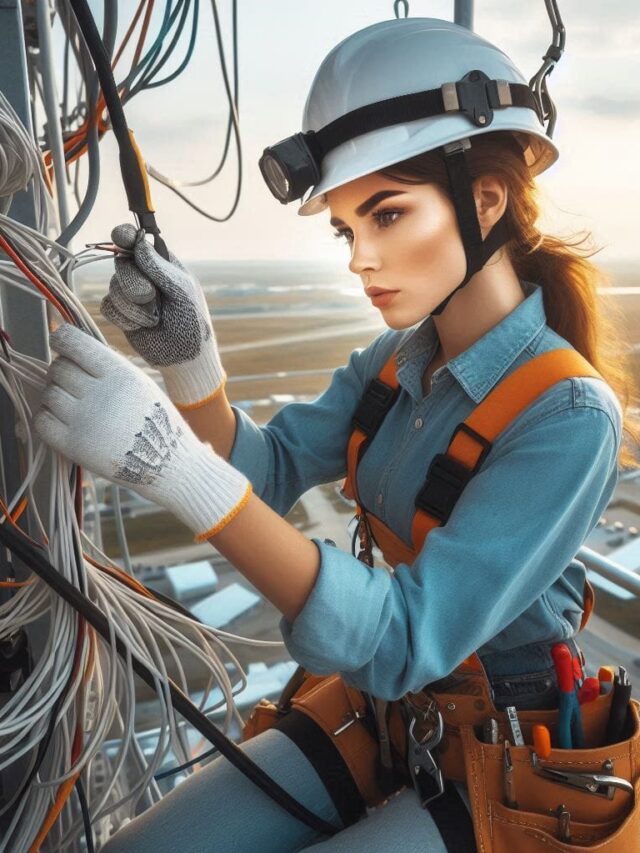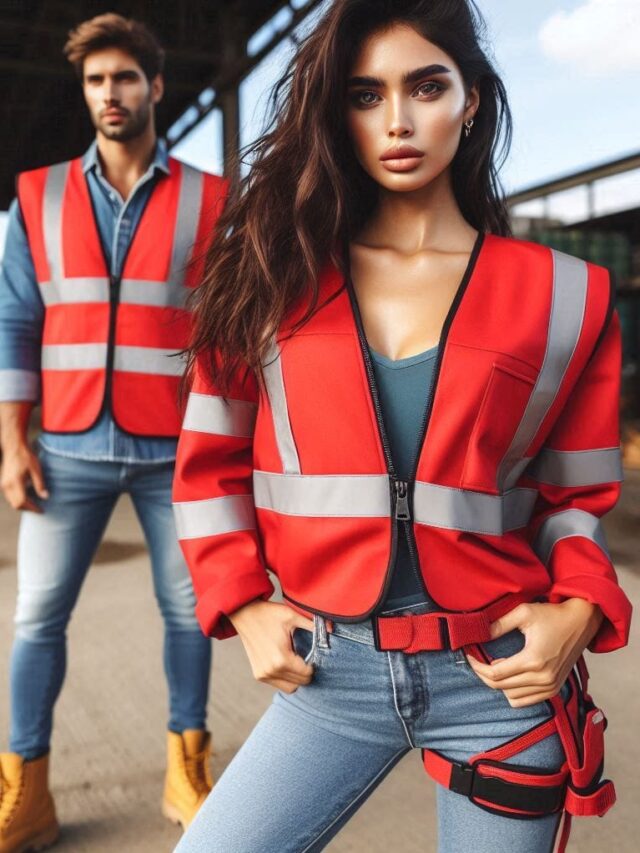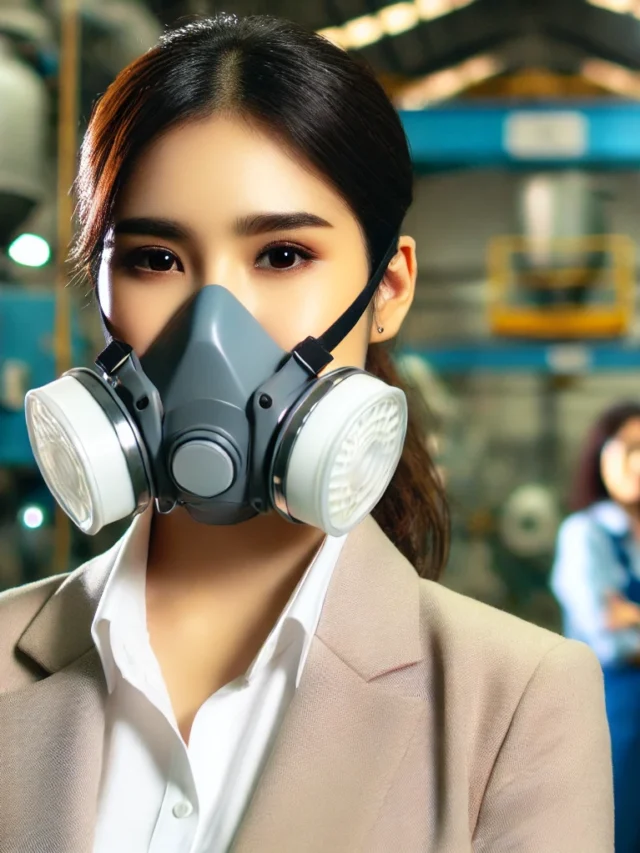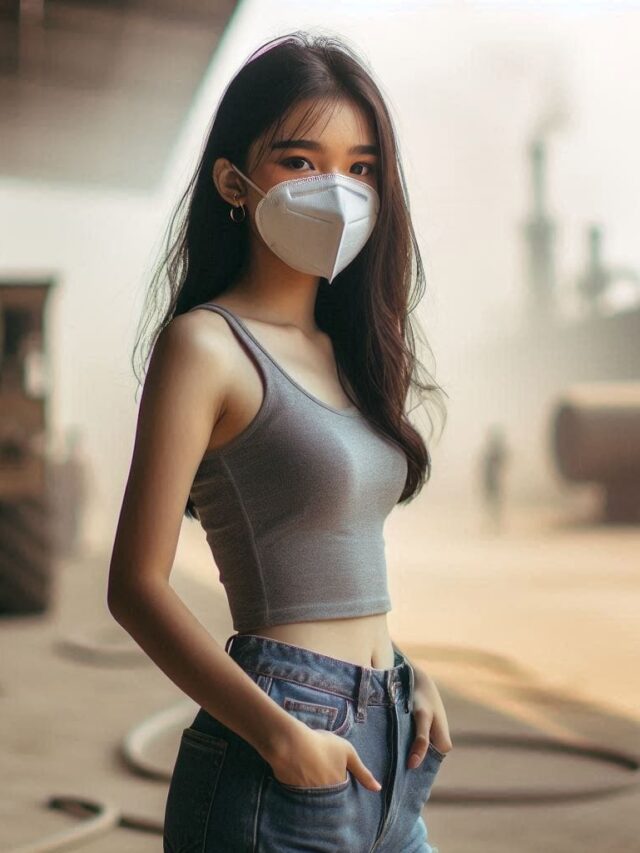Archives: Stories
-
In this web story, we explore the different types of hammers and their specific uses in various fields like construction, carpentry, metalwork, and DIY.
-
Discover the power of pliers! Learn about their types, smart uses in daily tasks, and why this handy tool is a must-have in every home, toolbox, and DIY project. Simple, strong, essential!
-
Safety boots protect your feet from falling objects, sharp tools, chemicals, and electrical hazards. Stay safe at work with durable, slip-resistant, and comfortable boots! 🚧👢
-
“A safety belt saves lives by preventing falls, ensuring grip, and meeting safety laws. Stay secure at work—wear a safety belt and protect yourself from accidents!” 🚧🦺
-
A safety jacket enhances visibility, protects against environmental hazards, prevents injuries, and ensures workplace safety for construction, industrial, and emergency workers. 🚧🦺
-
Safety respirators protect against harmful dust, gases, and airborne particles. Learn about types (N95, P100, full-face), their uses, proper wearing techniques, and maintenance for maximum safety.
-
An industrial safety mask protects workers from harmful dust, fumes, and chemicals in hazardous environments. It uses filters or cartridges to ensure clean air, available in disposable or reusable for
-
Safety goggles are protective eyewear designed to shield the eyes from hazards such as chemicals, debris, or harmful light. They provide a secure fit and are essential in environments like laboratorie
-
A safety helmet consists of a hard outer shell for impact protection, an inner foam liner for shock absorption, and an adjustable suspension system for fit. Ventilation holes, chin straps and a visor
-
Helmet Colors & Roles: White: Managers/Engineers Yellow: Laborers Blue: Electricians Green: Safety Officers Red: Fire Marshals Orange: Road Crews Grey: Visitors Brown: Welders
